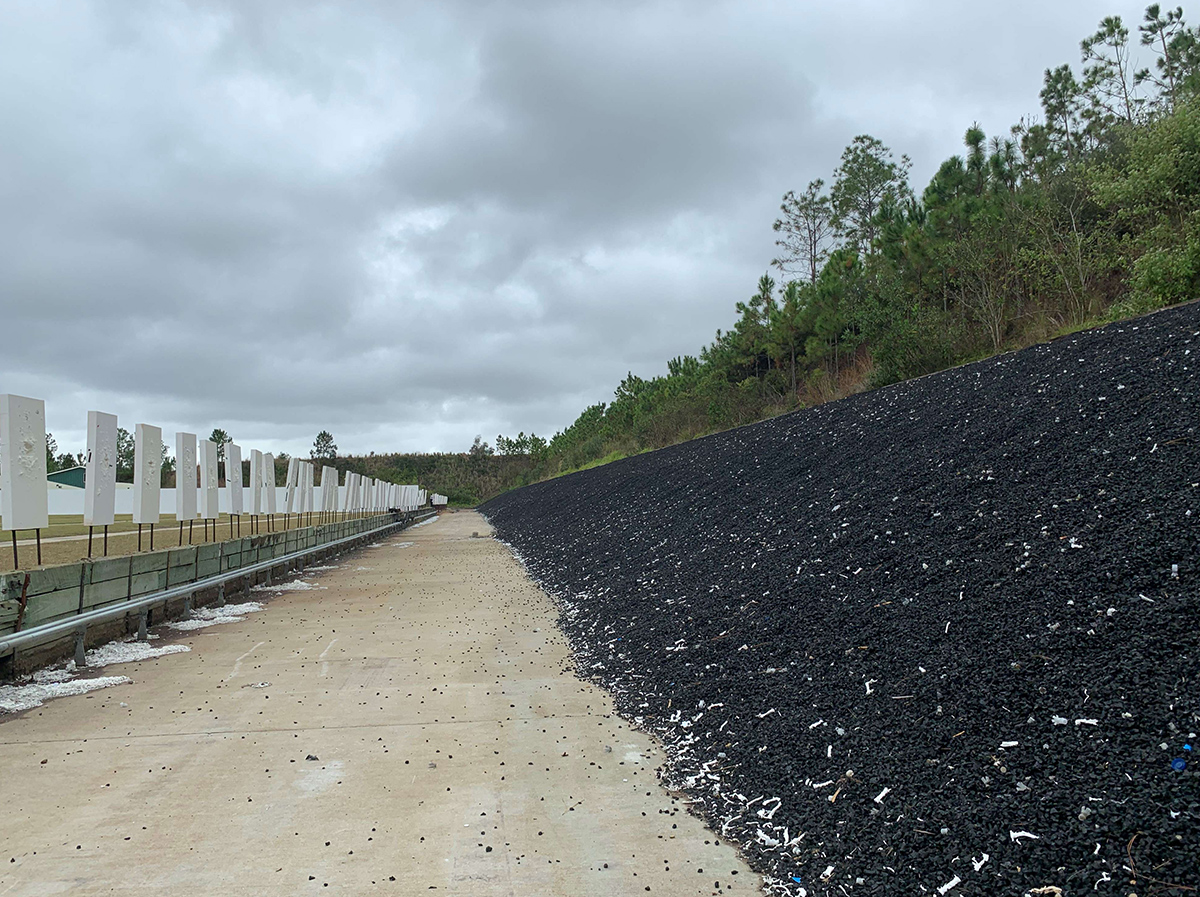Lead Reclamation
LEAD RECLAMATION
The lead reclamation process is very interesting! Here’s a general overview:
- Assessment: First, an assessment is done to determine the amount of lead present and the best approach for removal.
- Excavation: The soil or backstop material is excavated to expose the lead bullets and fragments.
- Screening: The excavated material is then screened to separate the lead from the soil. This often involves using specialized equipment to sift through and capture the lead.
- Collection: The separated lead is collected and prepared for recycling.
- Transport and Disposal: The collected lead is transported to a recycling facility where it’s processed and reused.
- Site Restoration: After lead removal, the site is restored, which includes replacing the backstop material and ensuring the area is safe for continued use.
The frequency of lead reclamation can vary depending on the shooting range’s usage and local regulations. Generally, it’s recommended to reclaim lead every 1-5 years. For high-traffic ranges, more frequent remediation might be necessary to ensure safety and compliance with environmental standards. Regular assessments can help determine the best schedule for each specific range.

RECLAIMING BULLETS
Reclaiming lead from shooting ranges is crucial for several reasons:
- Environmental Protection: Lead is a toxic metal that can contaminate soil and water, posing serious risks to wildlife and human health. By removing and recycling lead, we prevent environmental pollution.
- Regulatory Compliance: Shooting ranges are subject to environmental regulations that mandate the proper management of lead. Reclaiming lead ensures compliance with these laws, avoiding potential fines and legal issues.
- Financial Benefits: Reclaimed lead can be recycled and sold, providing a source of revenue for shooting range operators. This can offset cleanup costs and even generate profit.
- Safety: Accumulated lead can pose a direct health risk to range users and staff. Regular lead reclamation helps maintain a safer environment for everyone.
- Sustainability: Recycling lead reduces the need for mining new lead, conserving natural resources and reducing the environmental impact associated with lead production.
Overall, lead reclamation is a responsible practice that benefits the environment, the community, and the shooting range itself.
RECLAIMING SHOT
The lead shot is separated from the soil using a process called sifting or screening. This involves passing the soil and shot mixture through a series of screens or sifters that have different mesh sizes. The screens allow the smaller particles of soil to fall through while retaining the larger lead shot. After sifting, the collected shot is cleaned and prepared for reuse or recycling.
To melt down and recast lead shot, the cleaned shot is heated in a furnace until it melts. This process removes any remaining impurities. Once it’s melted, the lead is poured into molds to form new shot pellets. The molds help shape the lead into the right size and shape for reuse. After cooling and solidifying, the new shot is ready to be used again. It’s like giving the lead a second life!
